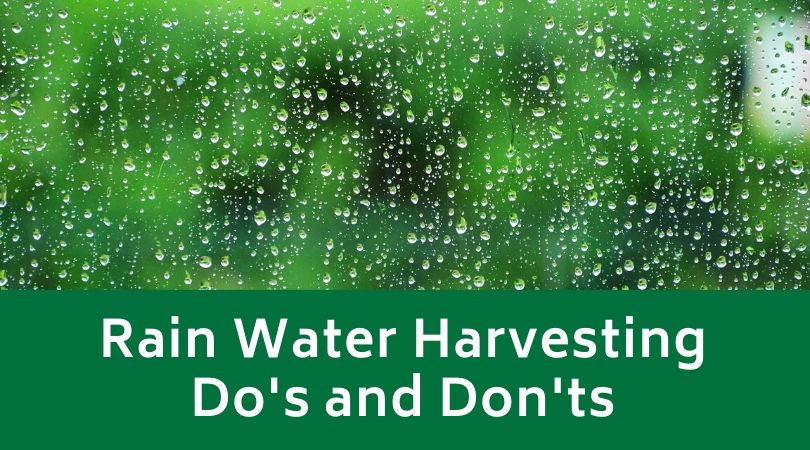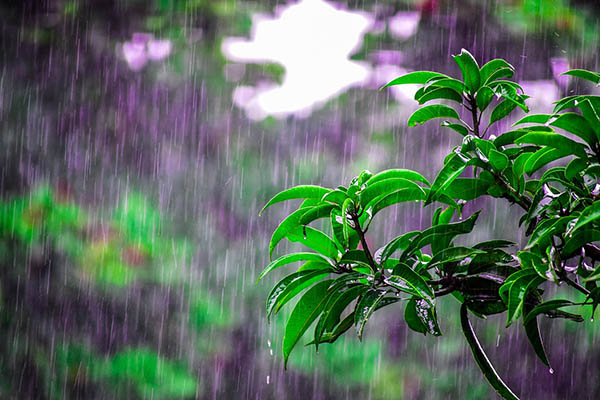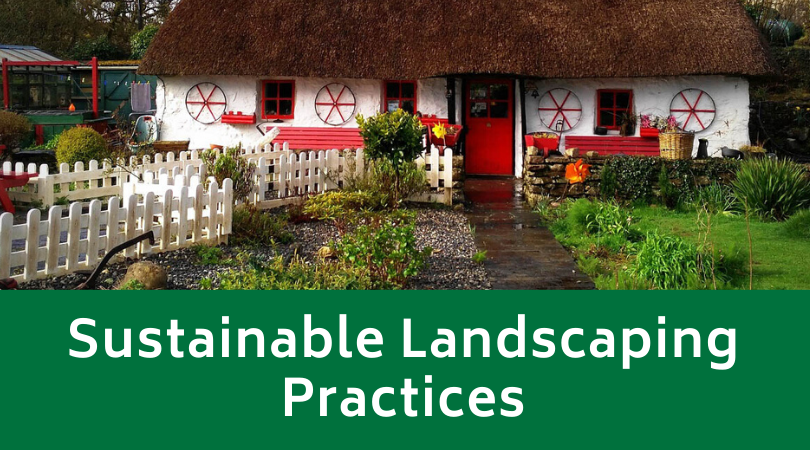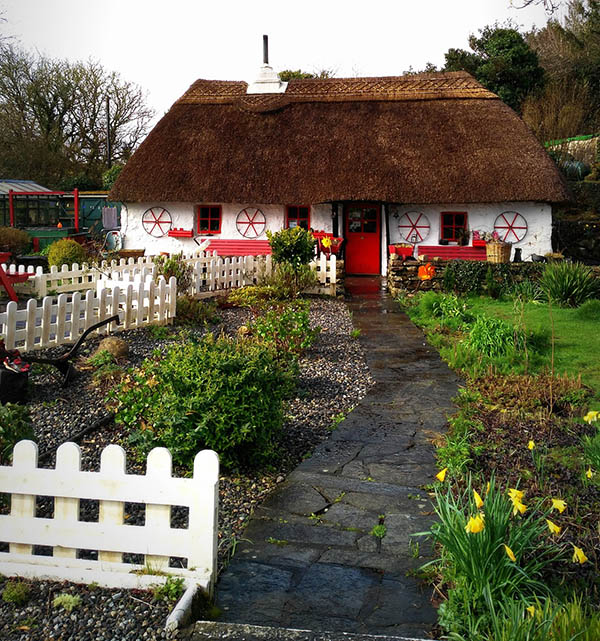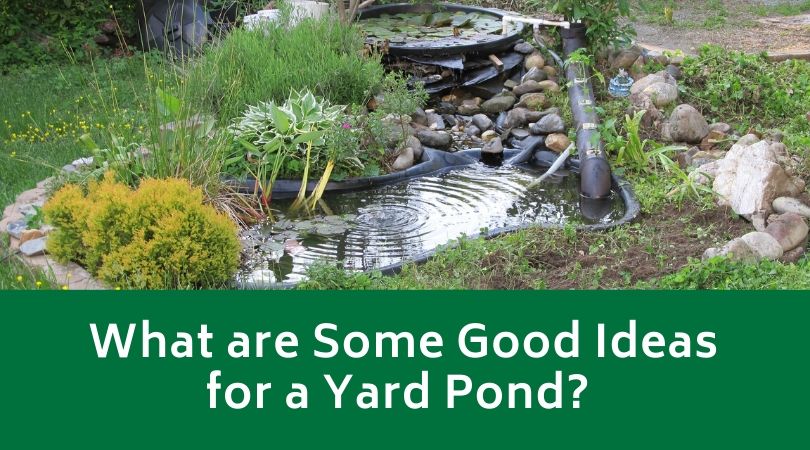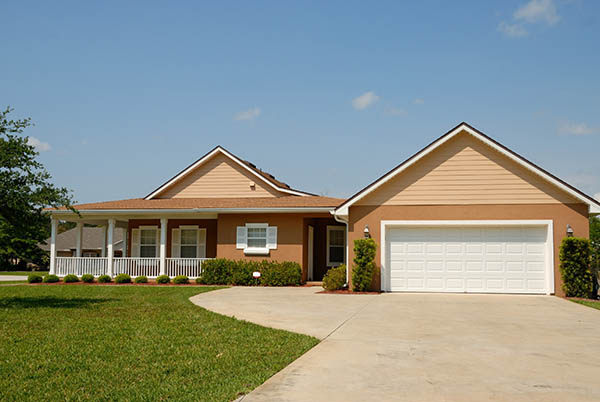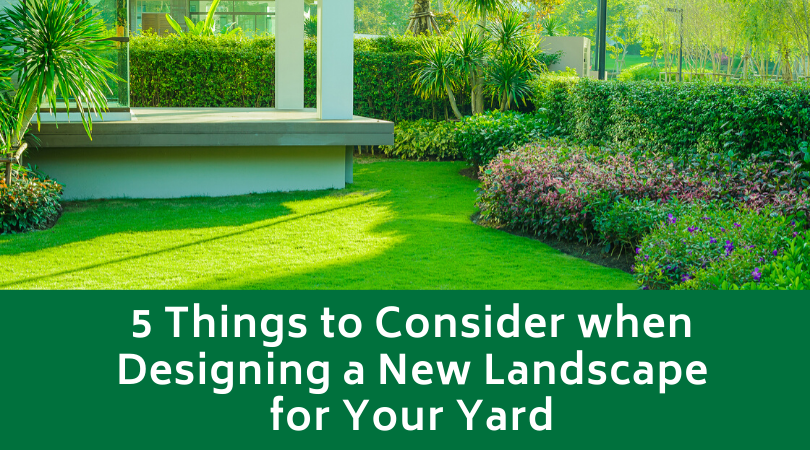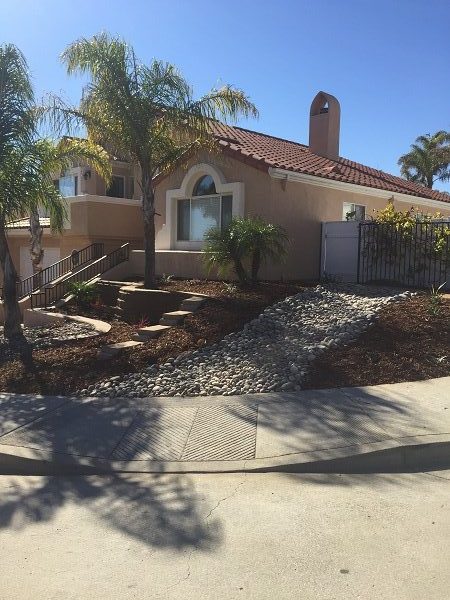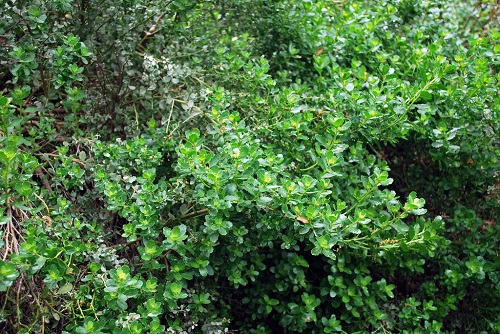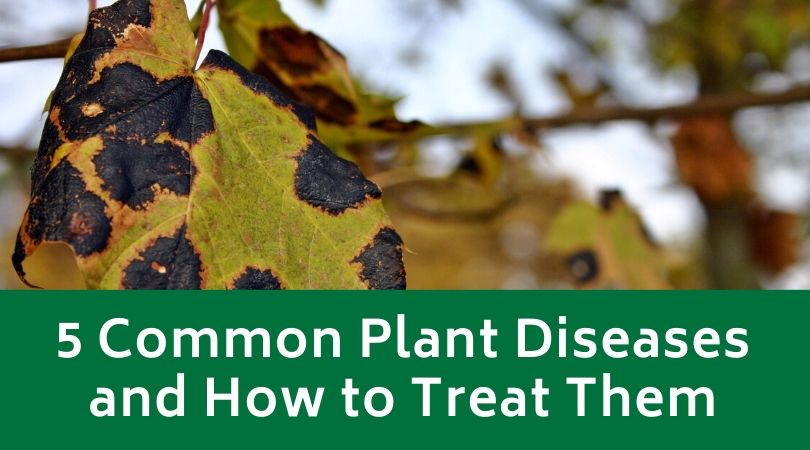
5 Common Plant Diseases and How to Treat Them

In a perfect world, your plants would never get sick. They’d flourish season after season without a problem. Unfortunately, this isn’t the case. Plant diseases are very common in every type of plant you have. Some are more sensitive to them than others, but these diseases can wreak havoc on them if you don’t catch it quickly and treat them. If you’re curious as to what plant diseases you can treat on your own and which ones require professional help, read on.
1. Bacterial Leaf Spot
While this plant disease is very common and will impact almost every plant you have in your garden, people who have fruit trees should be especially wary. This disease thrives around apricot, plum, and cherry trees. When your plants get it, they’ll start developing black or dark brown spots all over their leaves. It can also form a yellow halo around each spot.
A combination of bacteria will cause this disease. You can find these bacteria in the seed oil soil, and humid or warm weather can cause a growth explosion. This bacteria will go dormant in the winter months before transferring itself onto the plant when the weather warms up.
Treatment
The best form of treatment for this plant disease is prevention. Clean up the soil around your trees and remove any rotting fruit or debris. Cover the ground with a thick layer of mulch. Water your plants from underneath and avoid getting the leaves excessively wet.
2. Black Root Rot
This is an aggressive fungal infection that can be very difficult to pinpoint. This is why it’s a good idea to call in professional help, especially if you see your pansies or other bedding plants like petunias dying. You’ll notice that any visible part of your plant is yellowing or wilting. You’ll have to pull up the root to see it. If it has this disease, it’ll be black and rotting. It spreads through fungal spores, and this makes it extremely difficult to remove.
Treatment
Start by enlisting a professional to help you choose the best plug-in plants. Have them help you get rid of any plants that look like they could be infected with this plant disease. Additionally, they can help test your soil’s pH levels and help you get it and keep it below 5.5. You should avoid overwatering. Make sure the soil dries well between watering sessions because this makes it hard for the fungus to spread and grow.
3. Mildew
Mildew is another fungal disease, and you’ll notice it on your plants if the humidity levels are too low. Downy and powdery mildew are the two most common types. If you have a downy mildew problem, you’ll have a fuzzy white growth on the underside of the leaves with yellow spotting on the top. Powdery mildew causes raised blisters on the leaves that turn into a powder. Both will cause the leaves to shrivel up and die.
Overwatering your plants in the spring months is the main cause of downy mildew. Powdery mildew appears when it’s warm and humid with very dry soil.
Treatment
To avoid both types of mildew, keep your soil in the best condition possible. Water sparingly in the spring during the early morning hours. Make sure you water regularly once the temperature and humidity levels rise. Also, allow the soil to dry out between watering sessions.
4. Rust
This is another very common plant disease that comes from a fungal infection. It can attack all types of plants ranging from bulbs and grasses to shrubs and fruit trees. When it first attacks, you’ll notice brown spots on your plant’s leaves. As the infection gets worse, the leaves will slowly get covered by a powdery substance.
Rust’s biggest triggers are a lack of sunlight with high humidity and warm temperatures. To make it worse, adding a sudden influx of sunlight once the disease takes hold will help it advance. Eventually, this plant disease will cause the leaves to dry out and fall off. It can kill the plant at this point.
Treatment
Treating rust can be a time-consuming process. You start by picking off any infected leaves you see. You’ll have to do this several times over the course of a week or two. Avoid using sprinklers to water your plants. Make a point to always water in the morning when it’s cool. This will give your plants time to dry as the day progresses.
5. Mosaic virus
The final plant disease on our list is the Mosaic virus. You’ll see it a lot if you have Peonies, and it can be very aggressive. It starts by showing a green or yellow mottled pattern on the leaves. As the disease progresses, the leaves will start to curl, cup, or become distorted.
Treatment
Unfortunately, there isn’t a lot you can do to treat this plant disease. Instead, you have to destroy any plants affected by it. This will curtail the spread of the disease. If you act quick enough, you can save the majority of your plants.
Bottom Line
Plant diseases can be difficult to identify and treat. This is why it’s always a good idea to call in professional help before the disease spreads too far. If you think you have a plant disease developing or taking over, contact us at Evergreen Landscaping. We’re happy to take a look and advise you on the best way to treat it.

